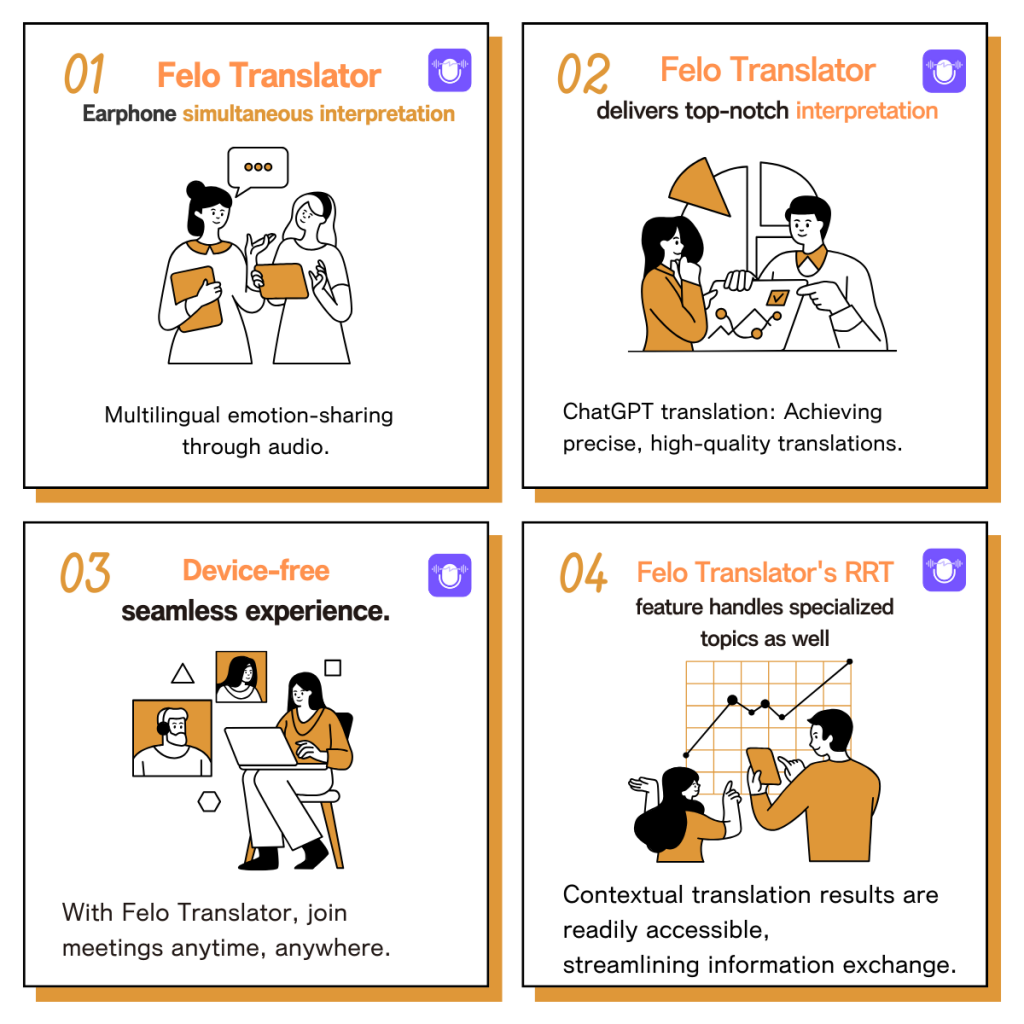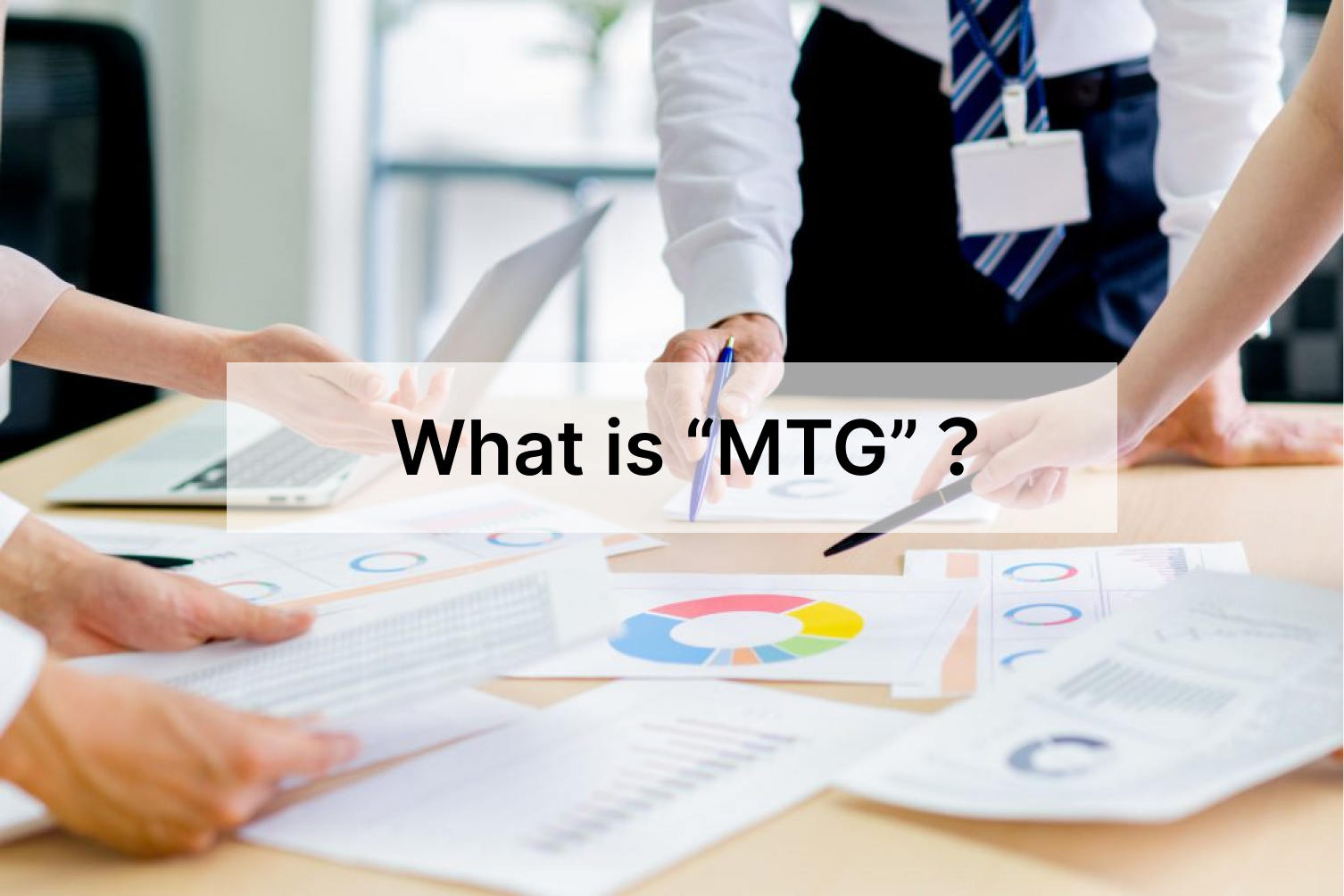In a corporate environment where meetings and discussions are frequent, the abbreviation “MTG” is commonly used. However, for those encountering this abbreviation for the first time, it might be difficult to understand its meaning, leading to a failure in conveying important information. This article will provide a detailed explanation of the meaning and usage of MTG.
What is “MTG”?
MTG is an abbreviation for “meeting,” referring to meetings or discussions in a business context. It is commonly used in the IT industry and foreign-affiliated companies, frequently appearing in emails and calendar schedules. MTG is formed by taking the first letter “M,” the middle “T,” and the last “G” from the English word “meeting,” and in Japanese, it is read as “ミーティング.”
Depending on corporate culture, the use of abbreviations may be recommended, but some companies do not prefer abbreviations, so it’s necessary to confirm before using them.
Why is MTG Used?
The use of abbreviations like MTG stems from the evolution of communication methods. In the 1950s, the telex (teleprinter) was widely used, and due to character limitations, concise forms were preferred. Later, with the spread of email and business chat tools, the need to convey information quickly increased, making abbreviations like MTG common.
Specific Uses of MTG
MTG is mainly used in emails and schedule management. It is convenient for indicating meeting or discussion plans and useful for specifying dates, times, and locations, as well as for change notifications. Here are some examples:
- Recording in a Personal Diary: “MTG 14:00~”
- Change Notice: “MTG 14:00〜 will be held online.”
- Notifying Plans: “Next week’s MTG is set for 13:00 in Room A.”
In this way, MTG helps to facilitate smooth communication and efficient information transmission in a business context.
Common Types of MTG in the Workplace
Kickoff Meeting
A kickoff meeting is the first overall meeting held at the start of a new project. Its purpose is to set project goals, confirm directions, and share information among stakeholders. It is a crucial occasion for project teams and stakeholders to achieve a common understanding and align their goals.
One-on-One Meeting
A one-on-one meeting is a regular interview between a superior and a subordinate. It primarily aims to promote the growth and motivation of the subordinate. Recognized worldwide as a method originating from Silicon Valley, it is usually held weekly or monthly to discuss work progress, challenges, and career planning.
Offsite Meeting
An offsite meeting is held at a location away from the office, aiming to promote new ideas and team building. Conducted in a non-daily environment, it allows participants to relax and engage in honest exchanges of opinions, enhancing creativity and problem-solving.
7 Common Business English Abbreviations
ASAP (as soon as possible)
Meaning “as soon as possible,” it is used to convey urgency. It is convenient for indicating task priority in emails or chats.
ETA (estimated time of arrival)
Meaning “estimated time of arrival,” it indicates the expected time something will arrive. Commonly used in logistics-related communications.
FAQ (Frequently Asked Questions)
Meaning “Frequently Asked Questions,” it is commonly used on company websites and in everyday conversations.
N/A (Not Available)
Meaning “not applicable” or “not available,” it is widely used in spreadsheets and other contexts.
TBA (to be announced)
Meaning “to be announced,” it indicates that details will be announced later.
TBD (to be determined)
Meaning “to be determined,” it indicates matters that have not yet been decided.
WFH (work from home)
Meaning “work from home,” it refers to working from home. With the spread of remote work, this abbreviation is increasingly used.
Understanding and appropriately using these abbreviations can significantly improve business communication efficiency.
Making Online MTGs Easier with “Felo Translator”
In the modern business environment, international communication is essential, and tool like Felo Translator can significantly enhance meeting efficiency and accuracy. Here’s how to use it:
What is ”Felo Translator“?

Felo translator is an AI simultaneous interpretation app equipped with the GPT-4 engine and RRT technology. It can quickly and accurately translate audio in over 15 foreign languages, making it extremely useful in multilingual meetings. Here are some application scenarios:
- Real-time Translation in International Meetings:
- During meetings, translate speeches in multiple languages such as English, Spanish, French, German, Russian, Chinese, Arabic, and Japanese in real-time, ensuring all participants understand the meeting content.
- Accurate Translation of Technical Terms:
- Felo Translator excels in translating technical terms, particularly in technical meetings or specialized discussions, helping to avoid misunderstandings.
- Downloading Original and Translated Texts:
- After the meeting, download the original and translated texts to aid in learning accurate expressions and pronunciations, or use them as meeting records.
iOS Download | Android Download
By using Felo Translator, you can overcome language barriers and achieve smooth international business communication, significantly enhancing work efficiency.
Relevant notes⬇️
How to Write Polite Reservation Emails?
5 Minutes to Understand Immediately!How to Write Effective Daily Business Reports
What is ”Summary”? Introducing recommended summarization AI tools and summarization tips
